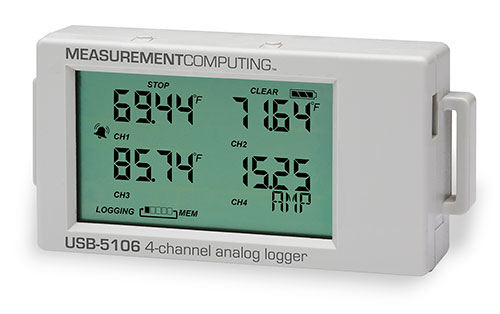Simply put, data loggers are advanced sensors that are capable of automatically collecting readings and storing them. Recording temperature, humidity, voltage, and current is vital in various manufacturing processes and industries.
Thermometers, hygrometers, and such instruments of the past are replaced by wireless data loggers and USB data loggers today. They stand in place of recording it manually, in a spreadsheet. Now, these high-tech tools record them, and one can transfer them to any device they want.
These instruments are an automated solution that is highly effective to meet various requirements. One only has to leave them at a measurement point. The data loggers will then record and store the data about different conditions automatically.
APPLICATIONS:
It is helpful in any field where there may be a need to record certain conditions specific to a process. Its applications in Australian industries are endless. It is put to use in:
- Pharmaceutical industry
- Food and Beverages
- Health care
- Animal care
- Facilities management
- Museums and or heritage sites.
- Agriculture
- Sporting activities
- Logistics monitoring
- Leisure centres
- Monitoring remote premises
- Storage facilities
WHY SWITCH TO WIRELESS DATA LOGGERS:
Although these may be comparatively costly, they are worth every penny. There tends to be a lot of time wastage in the case of standard data loggers. Since they work using internal memory and for a fixed period. The disadvantage is that the excursions can be known only after weeks of collecting the data. After this, further analyzing it takes up more time, and by then, valuable hours have gone.
On the other hand, wireless data loggers similar in some functions are more effective in others. The process of collection is the same in both loggers. The wireless ones use radiofrequency or, in most cases,
Zigbee wireless sensors do not require an external power source. There are multiple wireless sensors and minimal receivers. Therefore one has to connect fewer receivers to collect the data from all the sensors.
BENEFITS:
The advantage is the ease of analyzing the data while the test is being conducted. One can analyze it simultaneously. One can also program it to send alerts. Imagine receiving SMS or email alerts when the temperature goes beyond the set limits.
It also lets users view the data via a local server or through the internet, making it convenient and easy to use. If there is a temperature monitoring team, they can do it remotely over the internet and suggest corrective action immediately. Time is crucial in such cases. Promptly making the changes can mean all the difference. The corrections action sometimes may be as simple as changing temperature settings on a thermostat.
Reduce Time-wastage:
Data loggers significantly reduce the time and manual labour involved with data collection. It is a shining example of technology reducing the burden on humans and providing efficient systems in their function.
Risk-free:
The data from these devices are reliable, unlike manual checks that carry the risk of errors like a wrong recording. They are error-free, and users can rely on the data they provide and make decisions based on it.
Proactive alerts:
Data loggers can proactively alert unfavourable or adverse conditions. Such information at the right time can save fortunes in avoiding repairs and additional costs.
User-friendly:
It is a user-friendly tool to analyze and report data.
CONCLUSION:
In theory, wireless data loggers can measure and record virtually anything! If an application has particular demands, a specialist can make necessary adjustments and tailor data loggers specific to the client’s needs. One should trust high-quality vendors with such devices so that they are effective and aid the functioning of a manufacturing facility.








